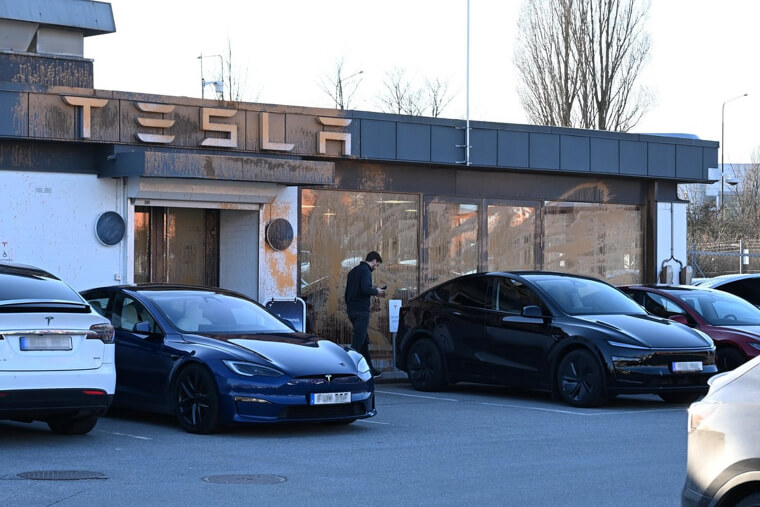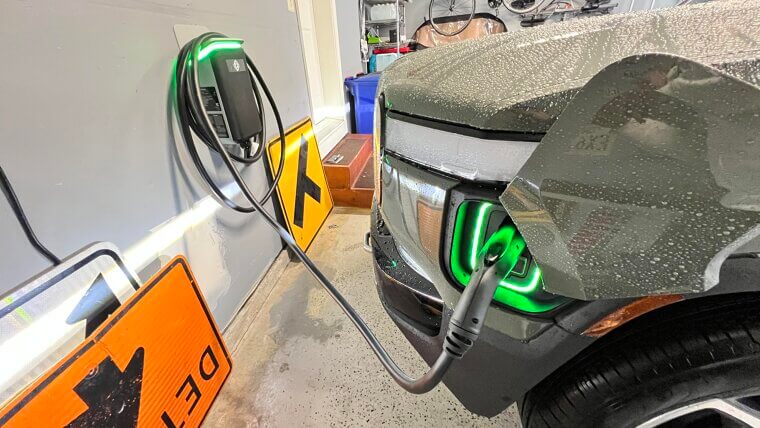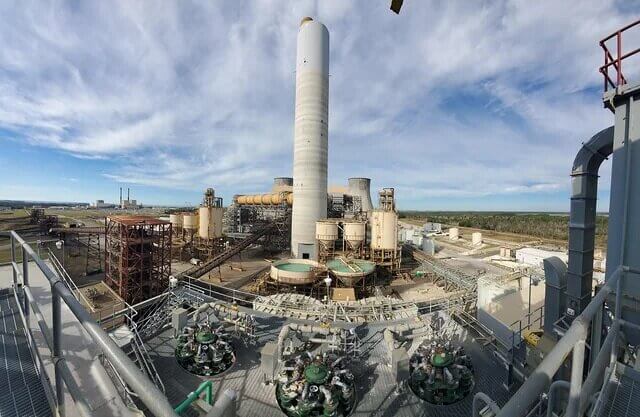EVs Aren't as Green as People Think
Nowadays, if you drive an electric vehicle, you are praised for being environmentally conscious. While it’s true that there are a number of environmental benefits that come with driving such a car, there are also some, if not more, drawbacks that many people simply don’t talk about. Let’s take a closer look at 10 reasons why electric cars aren’t the climate solution everyone thinks they are.
A Manufacturing Nightmare
Many people don’t know that the manufacturing process of an EV results in much higher carbon emissions than that of a regular gasoline vehicle. In fact, the production of the lithium battery alone emits between 3.2 and 17.5 tons of CO2 per vehicle.
Lithium Mining
Even though driving an EV reduces your carbon footprint, the mining of lithium, used in the battery of the car, has a devastating effect on the environment. Roughly 500,000 gallons of water are used in the mining of a single ton of lithium. This has lowered groundwater levels so drastically in some areas that indigenous communities and farmers are suffering.
China’s Coal-Powered EV Revolution
Even though China produces roughly 60% of the world’s EVs, it also receives 56% of its energy from coal-powered resources. In other words, more than half of the world’s EVs are coal-powered from the moment they go into production.
A Grid Reality Check
Unfortunately, the idea that EVs run on clean energy is simply not true. Fossil fuels account for more than 60% of global energy generation. EVs are essentially coal-powered vehicles with a few additional steps in between.
A Recycling Disaster
Less than 5% of lithium batteries are recycled globally. This means that improperly disposed of batteries will start to pile up in landfills, leaking poisonous chemicals into the surrounding environment.
Bigger Batteries and Higher Emissions
EV drivers are constantly looking for cars that can offer them more range on a single charge. For this reason, manufacturers are under pressure to design bigger batteries, increasing the overall carbon footprint of each vehicle.
Infrastructure Buildout
Few people talk about the carbon footprint left behind by installing charging stations. Each station requires concrete foundations, electrical transformers, and grid updates, all of which have a negative impact on the environment.
Cold Weather and Energy Inefficiency
EVs lose between 20% and 40% of their range in cold weather, resulting in more frequent charging and increased electricity consumption.
Unexpected Environmental Costs
EVs generally weigh much more than their gasoline counterparts. This accelerates tire wear and road damage, both of which will have a negative impact on the environment.
Inequality in Green Transportation
It’s no secret that EVs are usually only driven by wealthier individuals who can afford the expensive price tag. This economic divide transfers wealth from general taxpayers to affluent early adopters, while doing very little to address the transportation emissions emitted by the majority of the population.











